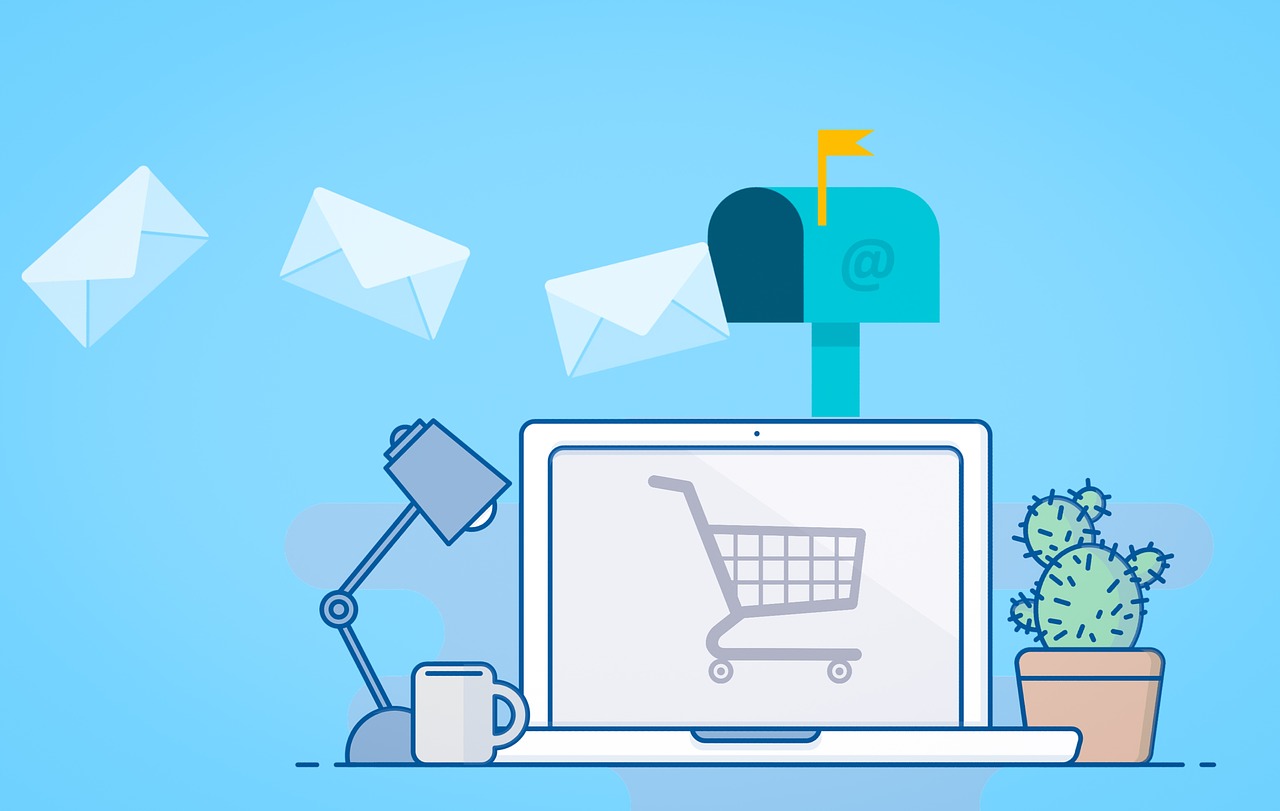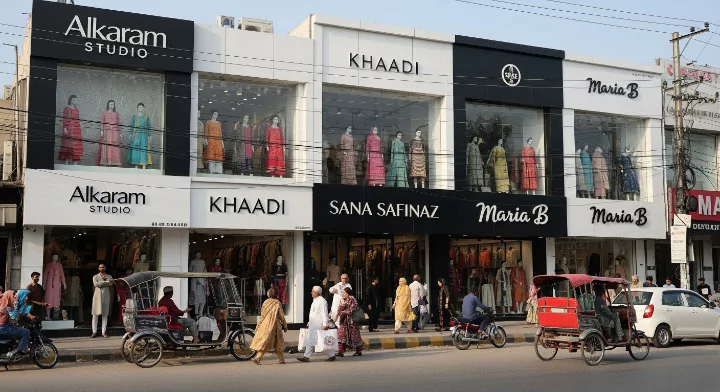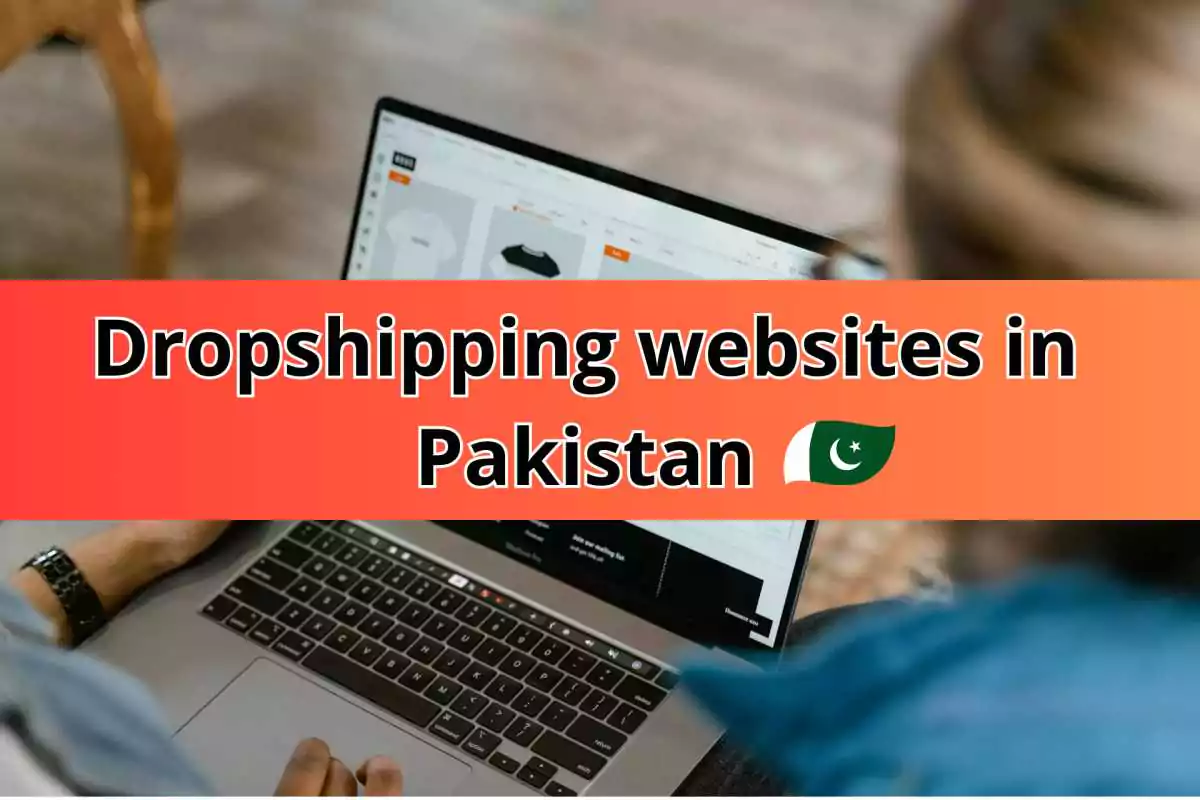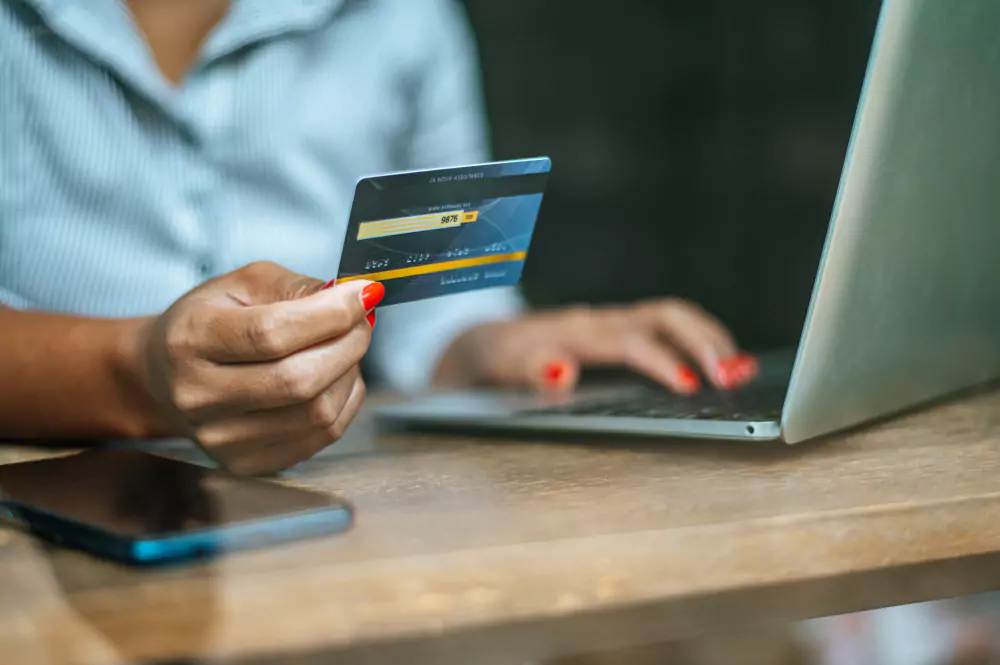The digital landscape of Pakistan has witnessed a significant transformation in recent years, with online shopping emerging as a convenient and increasingly popular way for consumers to purchase goods and services. Fueled by rising internet penetration, a youthful and tech-savvy population, and the proliferation of smartphones, the e-commerce sector in Pakistan is experiencing robust growth. As of early 2025, the Pakistani e-commerce market is projected to generate substantial revenue, placing it as a significant player in the global digital economy. Several online shopping platforms have risen to prominence, catering to the diverse needs and preferences of Pakistani consumers.

Overview of the Pakistani E-Commerce Market
The e-commerce sector in Pakistan has witnessed remarkable growth over the past decade, evolving from a nascent industry to a significant contributor to the national economy. Fueled by increasing internet penetration, widespread smartphone adoption, and a young, tech-savvy population, the market has become a dynamic space for local and international players. This overview delves into the market’s size, key trends, drivers, challenges, major platforms, and future prospects, offering a holistic picture of Pakistan’s digital commerce landscape.
Market Size and Growth Trajectory
Pakistan’s e-commerce market has shown consistent growth, driven by a large consumer base and improving digital infrastructure. In 2023, the market generated approximately $5.2 billion in revenue, positioning Pakistan as the 46th largest e-commerce market globally. Projections indicate a compound annual growth rate (CAGR) of around 5.7% to 11.82% between 2024 and 2027, with market revenue expected to reach between $10.1 billion and $18.26 billion by 2027. Despite this growth, e-commerce accounts for less than 3% of Pakistan’s total retail sales, signaling significant untapped potential compared to mature markets where online sales often exceed 10-20% of retail.
The market’s expansion has been particularly notable since the COVID-19 pandemic, which accelerated online shopping adoption. Between 2019 and 2020, e-commerce revenue nearly doubled, growing from $3.13 billion to $6.01 billion, as lockdowns pushed consumers toward digital platforms. While growth slowed slightly in 2023 due to economic challenges, the sector remains resilient, supported by a growing middle class and increasing consumer trust in online transactions.
Key Drivers of Growth
Several factors underpin the rise of e-commerce in Pakistan:
- Increasing Internet and Smartphone Penetration: As of early 2025, Pakistan has over 129 million broadband users, with internet penetration at approximately 38.7% of the population. Mobile phone users are projected to reach 161 million by 2025, and over 80% of online shoppers use smartphones for purchases, making Pakistan a “mobile-first” e-commerce market.
- Young and Growing Population: With a population exceeding 240 million, Pakistan is the world’s fifth-most populous country. Over 60% of its citizens are under 30, creating a digitally native demographic eager to embrace online shopping. The middle class, expected to double to 100 million by 2030, adds purchasing power to this group.
- Government Support and Policy Initiatives: The Pakistani government has taken steps to bolster e-commerce through policies like the 2019 E-commerce Policy Framework, which aims to simplify taxation, improve logistics, and support digital payments. Investments in digital infrastructure, such as the Digital Pakistan Policy, further facilitate growth.
- Social Media and Social Commerce: With 71.7 million active social media users as of 2024, platforms like Facebook, Instagram, and TikTok are becoming key channels for e-commerce. Social commerce revenue is projected to reach $14.74 million in 2024, growing 30% year-on-year, as businesses leverage targeted advertising and influencer marketing.
- Global and Local Investments: International giants like Alibaba (via Daraz) and Amazon, which entered Pakistan in 2021, have boosted market credibility. Local platforms like DealCart and Savyour, alongside investments from countries like the UAE, are enhancing infrastructure and competition.
Major Top E-Commerce Platforms in Pakistan
Pakistan’s e-commerce ecosystem is diverse, with platforms catering to various consumer needs. Some of the leading players include:
1. Daraz.pk
Daraz is undeniably the largest and most popular e-commerce platform in Pakistan. Owned by Alibaba Group, it offers millions of products across categories like electronics, fashion, home appliances, groceries, and more. With features like flash sales, DarazMall for authentic brands, and Daraz Wallet for easy transactions, it's the go-to site for many. The app is also highly user-friendly, and regular sales like 11.11 and 12.12 bring unbeatable deals.
2. PriceOye
Priceoye Catering to price-conscious shoppers, PriceOye functions as a price comparison platform, allowing users to compare prices of electronics and other products from various online retailers before making a purchase. This transparency and focus on affordability have made it a valuable tool for consumers seeking the best deals.
3. Telemart.pk
Telemart started as an electronics-focused store but quickly expanded into lifestyle and fashion categories. Known for selling original mobile phones, laptops, and gadgets, Telemart also offers jewelry, watches, and men's accessories. Their gold-plated phones and luxury segment make them stand out from the rest.
4. Naheed.pk
Naheed Initially focused on electronics, HomeShopping.pk has expanded its product range to include home appliances and other categories. It is one of the older e-commerce platforms in Pakistan and strives to offer a wide selection of products with a focus on customer satisfaction.
5. OLX Pakistan:
Olx Pakistan Primarily a classifieds platform, OLX remains a highly popular destination for buying and selling a wide array of new and used goods, including electronics, vehicles, furniture, and real estate. Its strength lies in connecting individual buyers and sellers directly, fostering a bargain-friendly environment. The platform's broad reach and free ad posting feature attract a massive user base across the country.
6. Dakaan.pk
Dakaan is a fast-growing online marketplace in Pakistan that aims to bring the traditional retail experience into the digital world. It offers a wide range of categories including fashion, electronics, home accessories, groceries, and personal care items. What sets Dakaan.pk apart is its focus on empowering small and medium-sized businesses by providing them with an easy-to-use platform to sell their products online. With a user-friendly interface, seller-friendly policies, and prompt delivery services, Dakaan.pk is steadily carving its place in the Pakistani e-commerce scene. It's a great option for customers who want a smooth shopping experience while supporting local sellers.
7. iShopping.pk
iShopping offers a wide variety of products, from smartphones and electronics to home appliances and health items. They are well-known for competitive pricing and a clean, organized interface. Their delivery service is fast, and customer support is responsive, making them a reliable choice for tech enthusiasts and home buyers alike.
8. Shophive.com
Shophive is one of the oldest e-commerce players in Pakistan, specializing in electronics, computing, and office products. Their stock usually includes high-end gadgets, laptops, and cameras, catering to professionals and tech lovers. Their reliability and product authenticity are well-regarded.
9. Goto.com.pk
Goto is a one-stop online shop offering everything from fashion and accessories to electronics and baby products. Their focus on original products and a 7-day return policy gives shoppers peace of mind. It caters well to both men’s and women’s shopping needs, making it a complete household platform.
10. ChaseValue.pk
Chase Value is popular for affordable fashion and household goods. From men’s and women’s clothing to toys and makeup, it offers great value-for-money deals. Though delivery can be slightly slower in smaller cities, the low prices often make up for it. It's a favorite for budget-conscious families.
Key Product Categories
The Pakistani e-commerce market spans multiple categories, with the following leading in revenue share:
- Electronics: Accounts for 23.2% of e-commerce revenue, driven by demand for smartphones, laptops, and smart home devices.
- Fashion: Contributes 18.3%, with apparel and accessories popular among young consumers.
- Hobby & Leisure: Represents 22.2%, including books, sports equipment, and collectibles.
- Furniture & Homeware: Holds 12.1%, reflecting growing interest in home décor.
- Grocery and Care Products: Each accounts for 7.8% and 8.6%, respectively, with online grocery gaining traction post-pandemic.
Challenges Facing the Market
Despite its growth, the e-commerce sector in Pakistan faces several hurdles:
- Low Digital Payment Adoption: Cash on delivery (COD) dominates, accounting for 75-95% of transactions due to low credit card penetration (only 24% of the population has a bank account) and consumer distrust in online payments. This increases operational costs for businesses managing cash logistics.
- Logistics and Last-Mile Delivery: Poor road infrastructure, traffic congestion, and high courier fees hinder timely deliveries, especially in rural areas. While companies like TCS (via Yayvo) and PostEx are improving logistics, last-mile delivery remains a bottleneck.
- Consumer Trust Issues: Over 60% of Pakistanis lack confidence in online payments, fearing fraud or scams. Platforms must invest in secure payment gateways and transparent product information to build trust.
- Economic and Political Instability: Inflation, currency depreciation, and political uncertainty have led to reduced consumer spending, impacting e-commerce growth. For instance, transaction volumes dropped 40% in late 2022 due to economic challenges.
- Digital Literacy and Infrastructure Gaps: With a literacy rate of around 59%, digital proficiency is limited, particularly in rural areas. Uneven internet access outside urban centers further restricts market reach.
Emerging Trends
Several trends are shaping the future of e-commerce in Pakistan:
- Mobile Commerce Dominance: With over 75% of e-commerce traffic coming from mobile devices, platforms are optimizing apps for seamless user experiences.
- Rise of Social Commerce: Social media platforms are integrating shopping features, enabling businesses to sell directly to consumers via Instagram and TikTok.
- Digital Payment Growth: Mobile wallets like EasyPaisa and JazzCash are gaining traction, though slowly. Over 60% of the population is now banked, paving the way for broader digital payment adoption.
- Cross-Border E-Commerce: Platforms like AliExpress and SHEIN are increasing competition, while local sellers are eyeing international markets through Alibaba’s facilities in Sialkot.
- Sustainability and Local Focus: Consumers are showing interest in sustainable products, and platforms are promoting local artisans to cater to this demand.
Future Outlook
The Pakistani e-commerce market is poised for significant growth, driven by favorable demographics, technological advancements, and government support. By 2027, the market could reach $18.26 billion, with mobile commerce and social commerce playing pivotal roles. However, realizing this potential requires addressing key challenges:
- Improving Logistics: Investments in road infrastructure and partnerships with logistics providers like PostEx can enhance delivery efficiency.
- Boosting Digital Payments: Incentives for digital wallets and secure gateways can reduce reliance on COD.
- Enhancing Trust: Transparent policies, customer reviews, and robust return processes can build consumer confidence.
- Expanding Rural Reach: Affordable smartphones and internet access in rural areas can tap into new customer segments.
International players like Amazon and Alibaba, alongside homegrown platforms, will continue to drive competition, pushing innovation in pricing, logistics, and customer experience. Government initiatives to improve digital literacy and infrastructure will further accelerate growth, positioning Pakistan as a promising player in the global e-commerce landscape.Conclusion
Conclusion
Pakistan’s e-commerce market is at a turning point, balancing rapid growth with structural challenges. Its young population, increasing internet access, and evolving consumer habits create a fertile ground for expansion, while platforms like Daraz, Bagallery, and PriceOye lead the charge. However, overcoming hurdles like low digital payment adoption, logistics inefficiencies, and consumer trust issues is critical to unlocking the market’s full potential. With strategic investments and policy support, Pakistan’s e-commerce sector is well-positioned to become a cornerstone of its digital economy, offering opportunities for businesses and consumers alike.
How to Start E-commerce Business in Pakistan – A Beginner’s Guide
Starting an e-commerce business in Pakistan is now easier than ever, thanks to increasing internet penetration, smartphone usage, and digital awareness among consumers. Whether you're selling clothing, electronics, or handmade crafts, the first step is to identify your niche and target audience. Registering your business with the FBR and getting an NTN (National Tax Number) adds credibility, especially for payment gateway integration. You can start selling and earning online in Pakistan by creating your own website using platforms like Shopify or WordPress, or by listing your products on popular marketplaces such as Daraz, Instagram Shops, or Facebook Marketplace. These platforms allow you to run your business from home and generate a steady income through online sales.. Reliable product sourcing, digital marketing (especially through social media), and excellent customer service are essential for long-term success. With low startup costs and high scalability, e-commerce in Pakistan offers huge potential for young entrepreneurs looking to build a business from home.
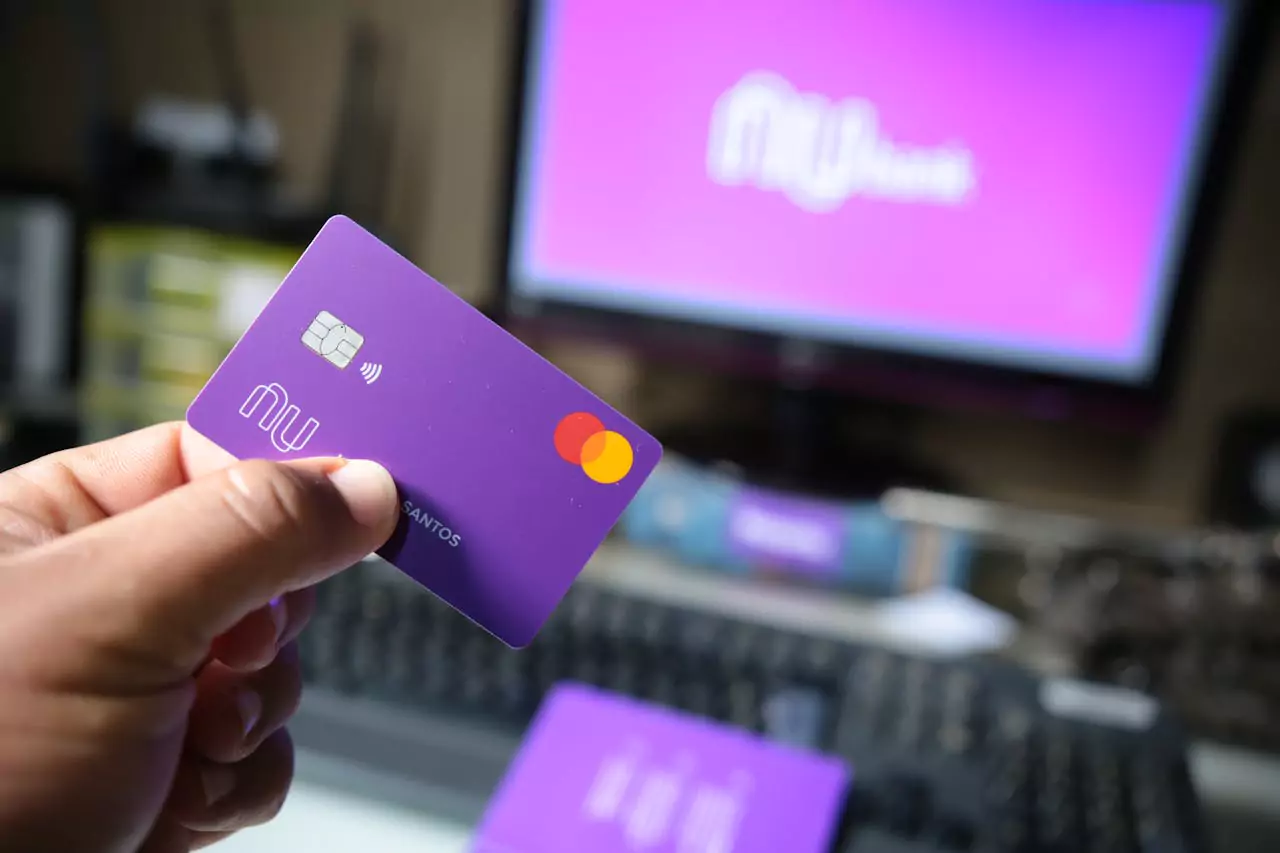
In Pakistan’s growing digital economy, secure and convenient payment methods are crucial for successful e-commerce transactions. Popular local payment methods include Cash on Delivery (COD), which is still the most widely used option, especially in Tier-2 and Tier-3 cities. However, digital payments are on the rise with the help of mobile wallets like Easypaisa, JazzCash, and UPaisa, which allow customers to pay using mobile apps. For online stores looking to accept card payments or bank transfers, payment gateways like PayFast, Easypay, and Nayapay provide reliable solutions. These gateways support debit/credit cards, mobile wallets, and even bank integrations for a seamless checkout experience. International solutions like Payoneer and Stripe (via third-party services) are also used for global selling. Choosing the right mix of payment methods improves customer trust and boosts your conversion rate.

